Higher rate pension tax relief
Learn how high earners may be able to claim back additional tax relief on pension contributions.

If you are a high earner, you may be able to claim back additional tax relief on your self assessment tax return.
However, the amount you earn could also affect the amount you can pay into your pension each year.
Tax relief on pension contributions for high earners
Higher-rate taxpayers (income between £50,270 and £125,140) can claim an extra 20% tax relief through self-assessment.
Additional-rate taxpayers (income above £125,140) can claim an extra 25%.
Your provider will claim the basic rate of 20% tax relief for you - it usually takes 6-11 weeks to receive the tax reclaim from HMRC. If you are a higher-rate taxpayer, you can then claim back a further 20% through your self-assessment tax returns. Additional-rate taxpayers can claim back 25%.
The table below shows the total cost of pension contributions, and the benefit of tax relief, for higher-rate taxpayers:
| Total pension contribution | Personal contribution (80%) | Government contribution (20%) | Amount higher-rate taxpayers can claim back (20%) | Effective cost for higher-rate taxpayers |
|---|---|---|---|---|
| £5,000 | £4,000 | £1,000 | £1,000 | £3,000 |
| £10,000 | £8,000 | £2,000 | £2,000 | £6,000 |
| £20,000 | £16,000 | £4,000 | £4,000 | £12,000 |
| £40,000 | £32,000 | £8,000 | £8,000 | £24,000 |
| £60,000 | £48,000 | £12,000 | £12,000 | £36,000 |
How much can I contribute to a pension as a high earner?
Each year you can contribute up to the annual allowance of £60,000 (or a lower tapered allowance if applicable). Personal contributions are capped at 100% of your UK relevant earnings (or £3,600 if you have none). Employer contributions are not capped by your earnings but still count towards the allowance.
However, if you have a very high income, you may have a tapered annual allowance.
Tapered annual allowance
The tapered annual allowance is a reduction in the annual allowance for very high earners.
You may be affected if you have a threshold income over £200,000 and an adjusted income over £260,000.
Your threshold income is your total taxable income from all sources, less your individual pension contributions (and other specific deductions) plus salary sacrifice arrangements started since July 2015. Your adjusted income, meanwhile, is your total taxable income, less specific deductions and plus the value of employer pension contributions.
Your annual allowance is lowered by £1 for every £2 your adjusted income is over £260,000. If you earn £360,000 or more, you will have the maximum reduction of £50,000 – leaving you with a £10,000 annual allowance.
The table below shows how the annual allowance is tapered, based on how much you earn:
| Annual Adjusted Income | Annual Contribution Allowance |
| Up to £260,000 | £60,000 |
| £280,000 | £50,000 |
| £300,000 | £40,000 |
| £320,000 | £30,000 |
| £340,000 | £20,000 |
| £360,000 | £10,000 |
How do I work out if I have a tapered annual allowance?
To work out if you will have a tapered annual allowance, you first need to calculate your ‘threshold income’.
If your threshold income is under £200,000 a year, you will not have tapered annual allowance. If it is over £200,000, you will need to check your adjusted income.
The Gov.uk website provides guidance on calculating your threshold and adjusted income.